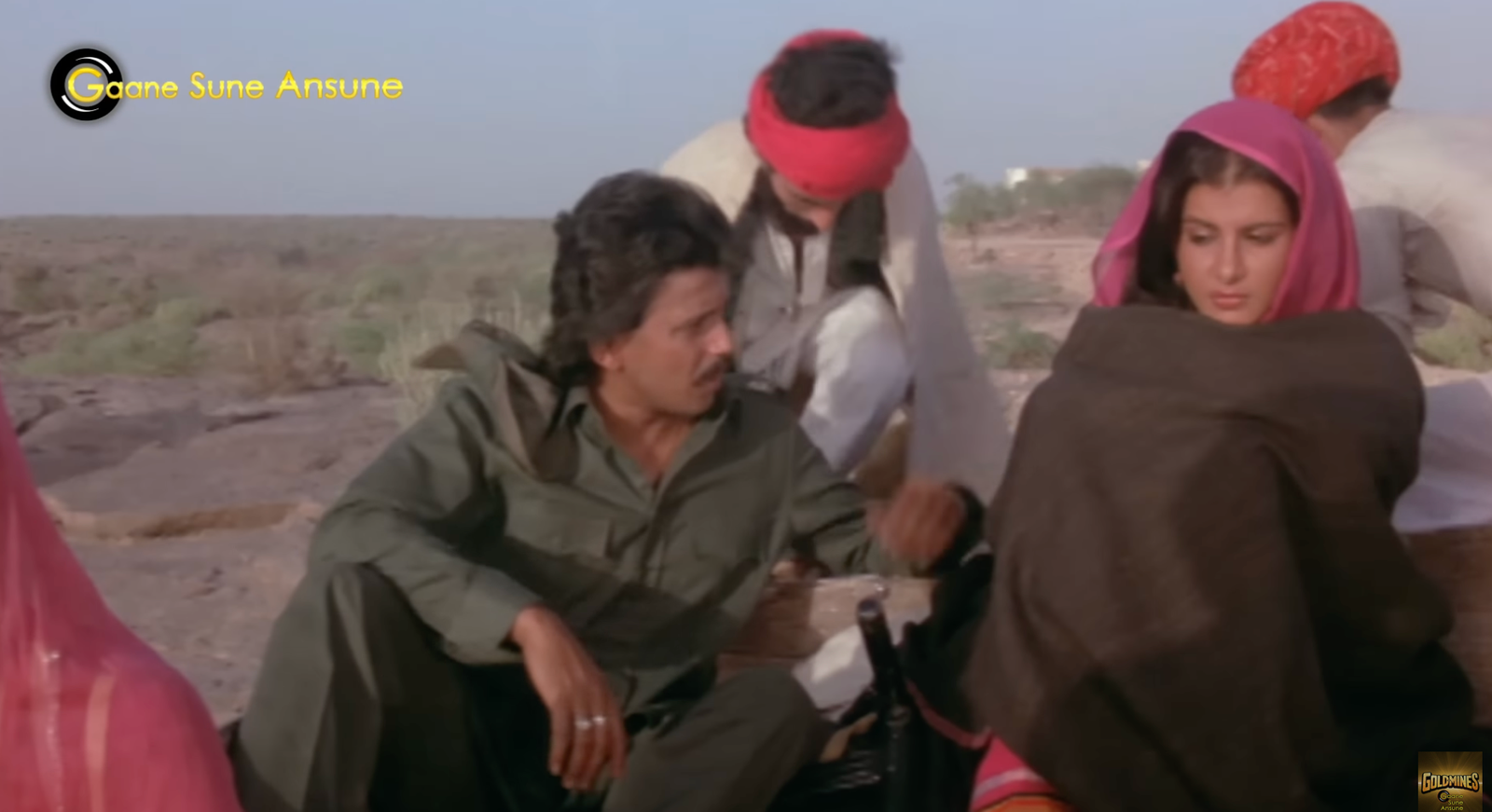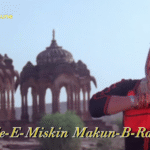Zeehal-e-miskin
makun-b-ranjish
Bahal-e-hijra
bechara dil hai.
ज़े-हाले-मिस्कीन मकुन ब-रंजिश, ब-हाले-हिज्रां बेचारा दिल है।
Do not look upon the plight of the poor lover with anger. His helpless heart is suffering immensely under the condition of separation.

The following Ghazal, attributed to Amir Khusrau, a 13th-century poet from the Delhi Sultanate, is considered the first written in Rekhta. Its first line is in Persian, while the second is in Hindavi.
Rekhta refers to an early form of Urdu, a language that combines elements of Persian and Hindavi (early Hindustani), and also denotes a poetic style that uses both languages. These lines were included by Gulzar in a Hindi song from the 1985 Bollywood film “Ghulami.” While the song is widely recognised, its meaning and origin may not be familiar to all listeners.
The word rekhta in Persian means “scattered” or “mixed,” and it was used to describe the language that grew from a blend of Persian, Arabic, Turkish, and local Indian dialects (mainly Khari Boli/Hindavi). In medieval India, especially during the Mughal era, poets began calling this literary language Rekhta.
Over time, Rekhta evolved into what we now call Urdu, especially in poetry. Even today, when people say Rekhta, they usually mean Urdu poetry in its pure, classical style. That’s why you’ll see websites like rekhta.org dedicated to Urdu poetry and literature.
Let’s take another ghazal couplet by Mirza Ghalib, one of the greatest poets who wrote in Rekhta (Urdu).
Original in Rekhta (Urdu script)
ہزاروں خواہشیں ایسی کہ ہر خواہش پہ دم نکلے
بہت نکلے میرے ارمان لیکن پھر بھی کم نکلے
Transliteration
Hazāron khvāhishẽ aisī ke har khvāhish pe dam nikle,
Bahut nikle mere armaan lekin phir bhī kam nikle.
Meaning in Hindi (Devanagari)
हज़ारों ख़्वाहिशें ऐसी कि हर ख़्वाहिश पर दम निकले,
बहुत निकले मेरे अरमान लेकिन फिर भी कम निकले।










